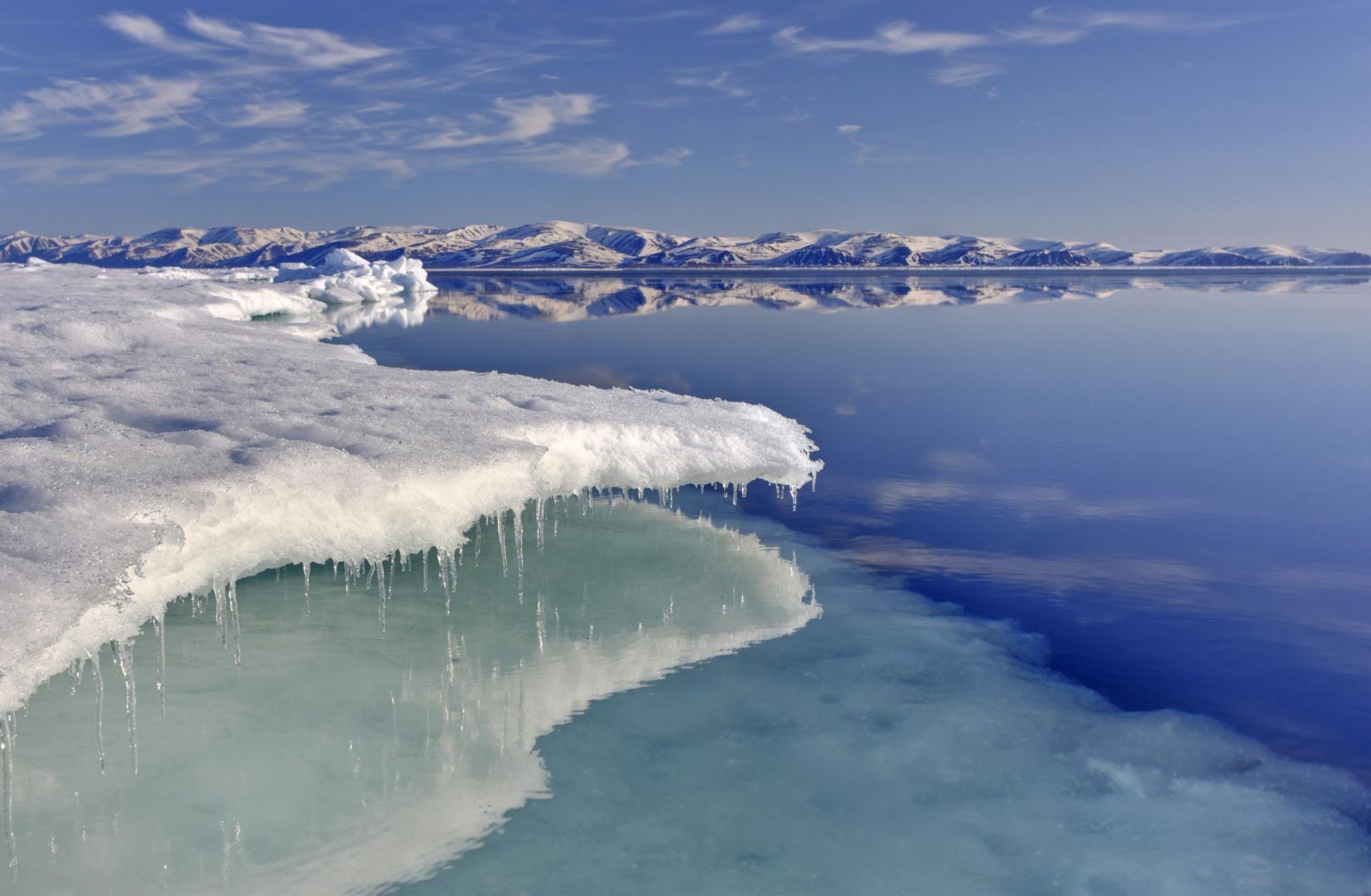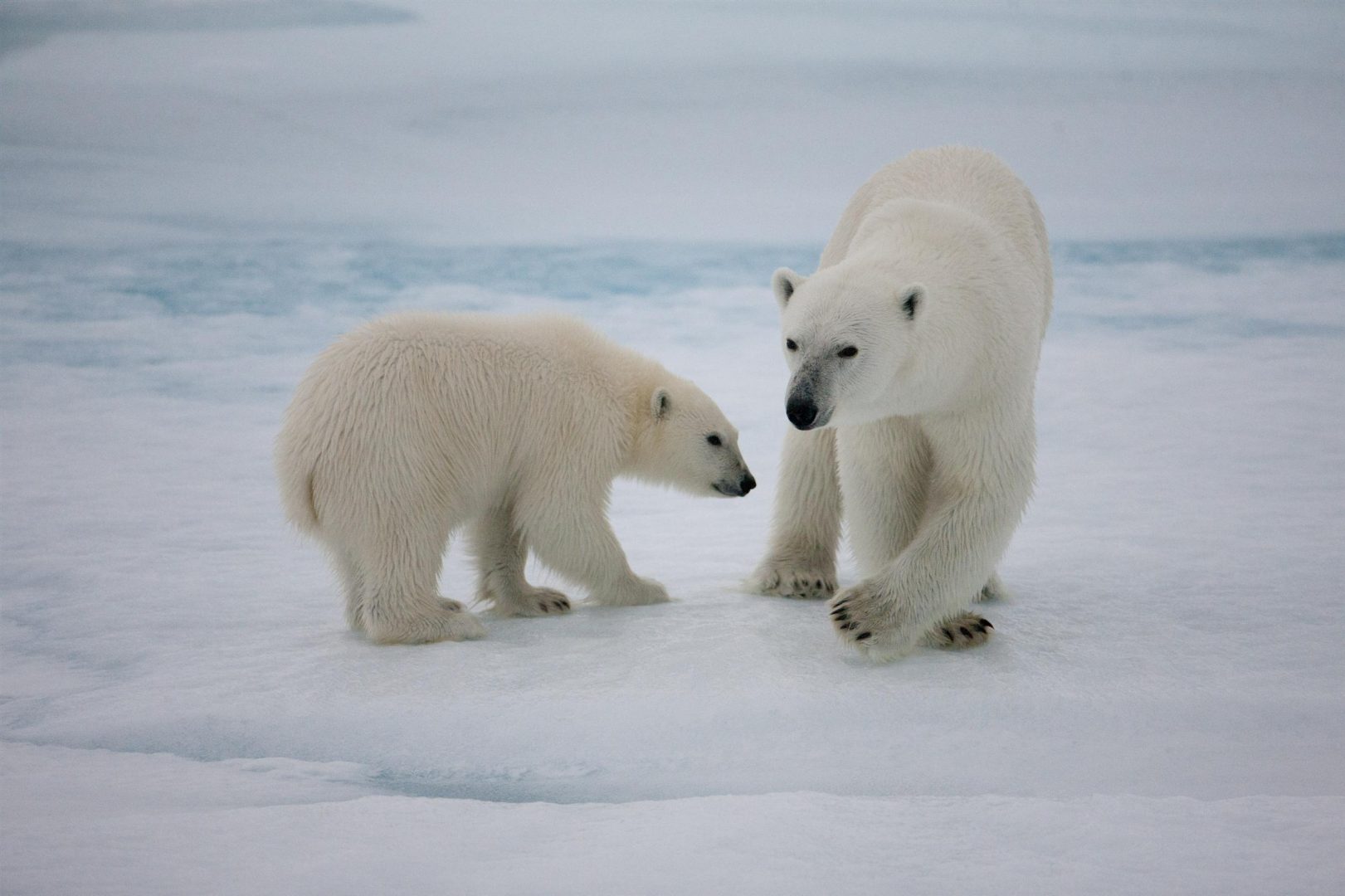Here are 10 key reasons why oil drilling in the Arctic is a dumb idea.

© Bernd Roemmelt / Greenpeace
1. It’s extremely dangerous. The Arctic environment is one of the harshest in the world, and everything you do there is more complicated than anywhere else.
2. Our climate can’t afford it. As the impacts of climate change become more visible and the danger becomes greater, drilling for and burning more fossil fuels is pretty much the last thing we should be doing, especially in somewhere as fragile and untouched as the Arctic.
3. Relief wells are harder to drill. In the case of a blowout – like happened with Deepwater Horizon – a relief well must be drilled, but the arrival of winter ice cuts the drilling season short. This means oil could be left gushing unstopped for up to two years.
4. Oil recovery is near impossible in ice. Standard spill technology like booms become useless in thick ice. According to a senior official at a Canadian firm specializing in oil spill response, “there is really no solution or method today that we’re aware of that can actually recover [spilt] oil from the Arctic.”
5. There isn’t nearly enough oil spill response capacity. The Arctic is remote — it has a small population, and few facilities available. About 6,000 ships were used to skim oil in the Deepwater Horizon disaster. Another Arctic oil enthusiast, Cairn Energy, had a mere 14 ships available in the Baffin Bay in Greenland; Shell has named only nine in their oil spill response plan for the Chukchi Sea.
6. Nature is even less capable of absorbing oil there than in lower latitudes. Lack of sunlight in winter and cold weather means that oil will take more time to break down. Oil will stay locked under the sea ice. More than 20 years after the Exxon Valdez disaster in Alaska, oil can still be found in the environment of Prince William Sound.
7. The local wildlife is very vulnerable to oil. Many bird species migrate to the Arctic in summer, as well as whales and seals. Polar bears and Arctic foxes, which rely heavily on marine and coastal resources to live, will be directly impacted by industrialization.
8. It’s hugely expensive – because of the extreme nature of operating on the frontiers of the world’s last great wilderness, looking for Arctic oil is incredibly expensive. In the last two years Cairn Energy has spent over a billion dollars to drill a handful of wells – and still found no oil.
9. A Three year fix – the US Geological Survey estimates the Arctic could hold up to 90 billion barrels of oil. This sounds a lot, but that would only satisfy three years of the world’s oil demand. These giant, rusting rigs with their inadequate oil spill response plans are risking the future of the Arctic for three years worth of oil. Surely it’s not worth taking such a risk?
10. We don’t need to. Instead of chasing the last drops of dirty oil, we need to kick-start the clean energy age. We have one planet, and if we’re going to protect it, everyone – from local communities, to businesses and governments – will need to come together to go beyond oil.
TAKE ACTION: send a message to Shell’s CEO Peter Vosser

© Nick Cobbing / Greenpeace

